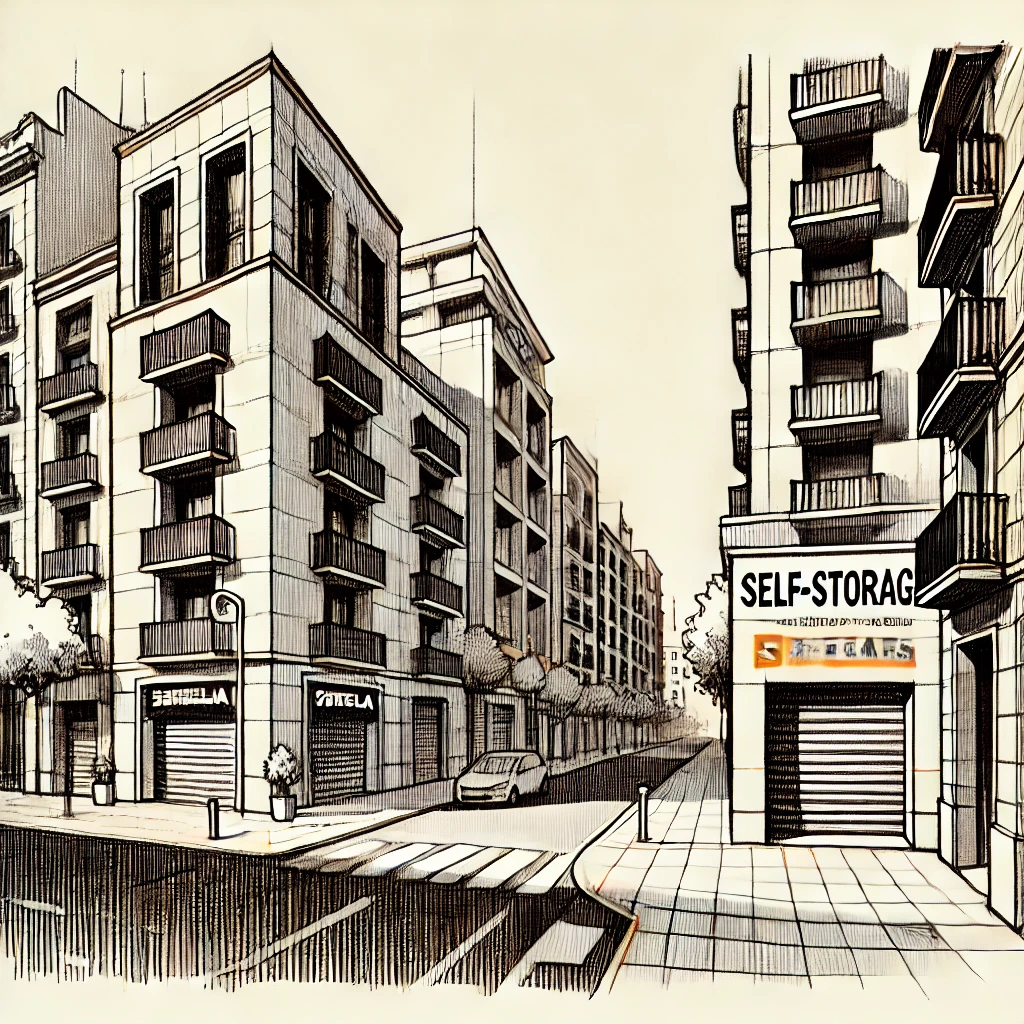
How Much Is My Self-Storage Business Worth? A Guide for Spanish Operators
Spain’s self-storage industry has entered a period of accelerated transformation. Since 2019, the number of facilities across the country has more than doubled, driven by a confluence of structural and behavioral shifts: rising urban density, changing lifestyles, the growth of ecommerce, and increased demand for flexible storage solutions. As a result, self-storage has evolved from a niche product into a recognized, high-margin, real estate-backed investment category.

AI and the Future of Digital Marketing
The way people search for businesses is starting to change—and it’s not a subtle shift. AI tools like ChatGPT, Google Gemini, and DeepSeek are beginning to shape how customers ask for recommendations online. Instead of browsing a list of results or clicking on ads, users increasingly expect direct, curated suggestions. And when that happens, only a handful of businesses will be recommended.

Navigating the Regulatory Maze: Challenges and Opportunities for Self-Storage in Spain
The self-storage industry in Spain has seen steady growth over the past decade, driven by urbanization, shrinking living spaces, and evolving consumer needs. However, this expansion has not been without challenges, particularly in navigating a regulatory framework that does not yet recognize self-storage as a distinct category.

The Evolution of Self-Storage in Spain
Self-storage in Spain has come a long way since the early 2000s when the concept first arrived in the country. What was once a niche offering, with only a handful of facilities in major cities like Madrid and Barcelona, has since grown into a recognizable part of the real estate landscape. Initially, awareness of self-storage was low, and the idea of renting extra space outside the home was unfamiliar to many Spaniards

Emerging Trends in Spain’s Self-Storage Boom
Spain’s self-storage industry has reached a crossroads. A growing number of operators are now purchasing smaller properties in the busiest parts of town, often converting ground floors or basements of existing buildings. The question is no longer whether self-storage is needed—demand is clearly on the rise—but rather how best to deliver it.

